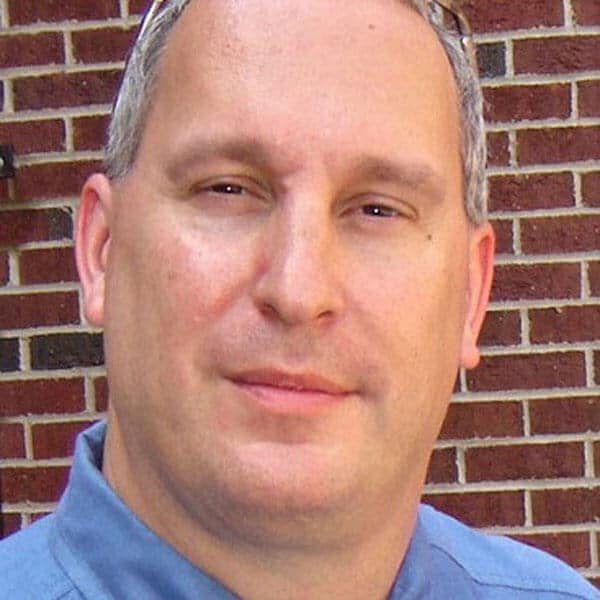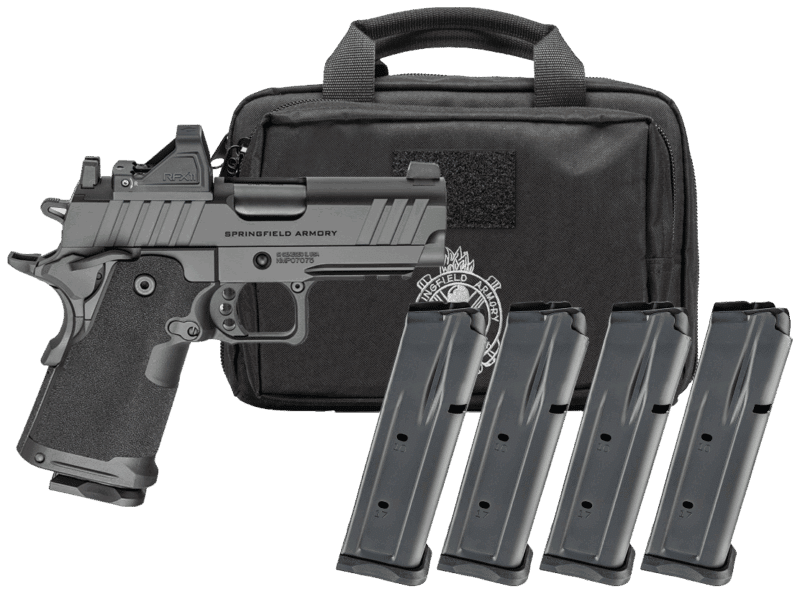Was the M1 Garand En-Bloc Clip a Terrible Idea?
February 16th, 2023
8 minute read
One of the most distinctive features of the M1 Garand is its internal magazine and the eight-round “en-bloc” metal clip that feeds it. After the eighth round of .30-06 ammunition is fired and the spent casing is ejected, the M1 automatically flings out the empty clip, the action locks open and the rifle is ready to be reloaded. Eight bangs and one ping. That’s how the M1 rifle works.

There are plenty of shooters today who question this design, or at least have questions about it. There are some who outright deride the M1’s internal magazine and feed system. I’ve even heard it called a “Rube Goldberg-style” device by a few folks with no respect and even less sense of firearms history. I’ll do my best to describe how and why the M1 rifle was designed that way and put forth a couple of benefits you may not have considered.
Designed to Specifications
The M1 rifle was not designed in a vacuum. Even though John C. Garand was an inventive thinker, he still worked “inside the box”, in that he answered to the ultimate authorities in U.S. Ordnance. American military leaders had very definite ideas about what they wanted from their new semi-auto rifle.
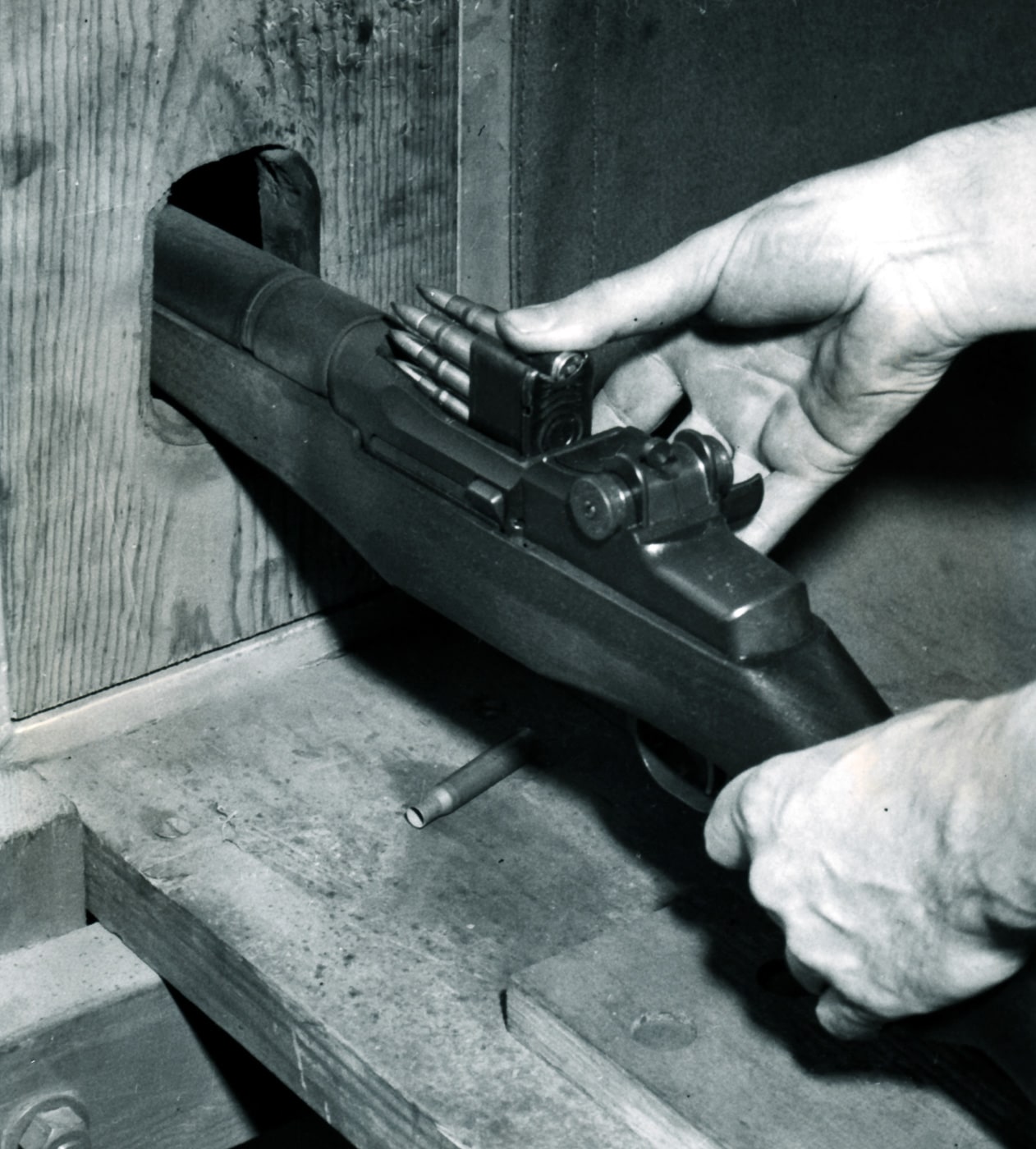
At that time, the U.S. military was not fond of rifles with detachable magazines (except for John Moses Browning’s fabulous BAR). The prevailing wisdom was that a detachable magazine was weak, easily damaged or lost, and presented an open invitation to introduce rain, dirt and mud to the rifle action during reloading. Some believed that the magazine extending from the bottom of a rifle would get in the way of the manual-of-arms drill. Others were concerned that anything but a flush-mounted magazine would impede effective shooting from the prone position.
Whether Ordnance’s concerns about a detachable magazine were reasonable or unfounded, they were important factors in the development of the new rifle. In response, John Garand created his rifle with a fixed, internal and flush-mounted magazine that was top-loaded with an “en-bloc” clip. This clip is a U-shaped piece of steel that holds eight rounds of .30-06 together in a staggered formation.
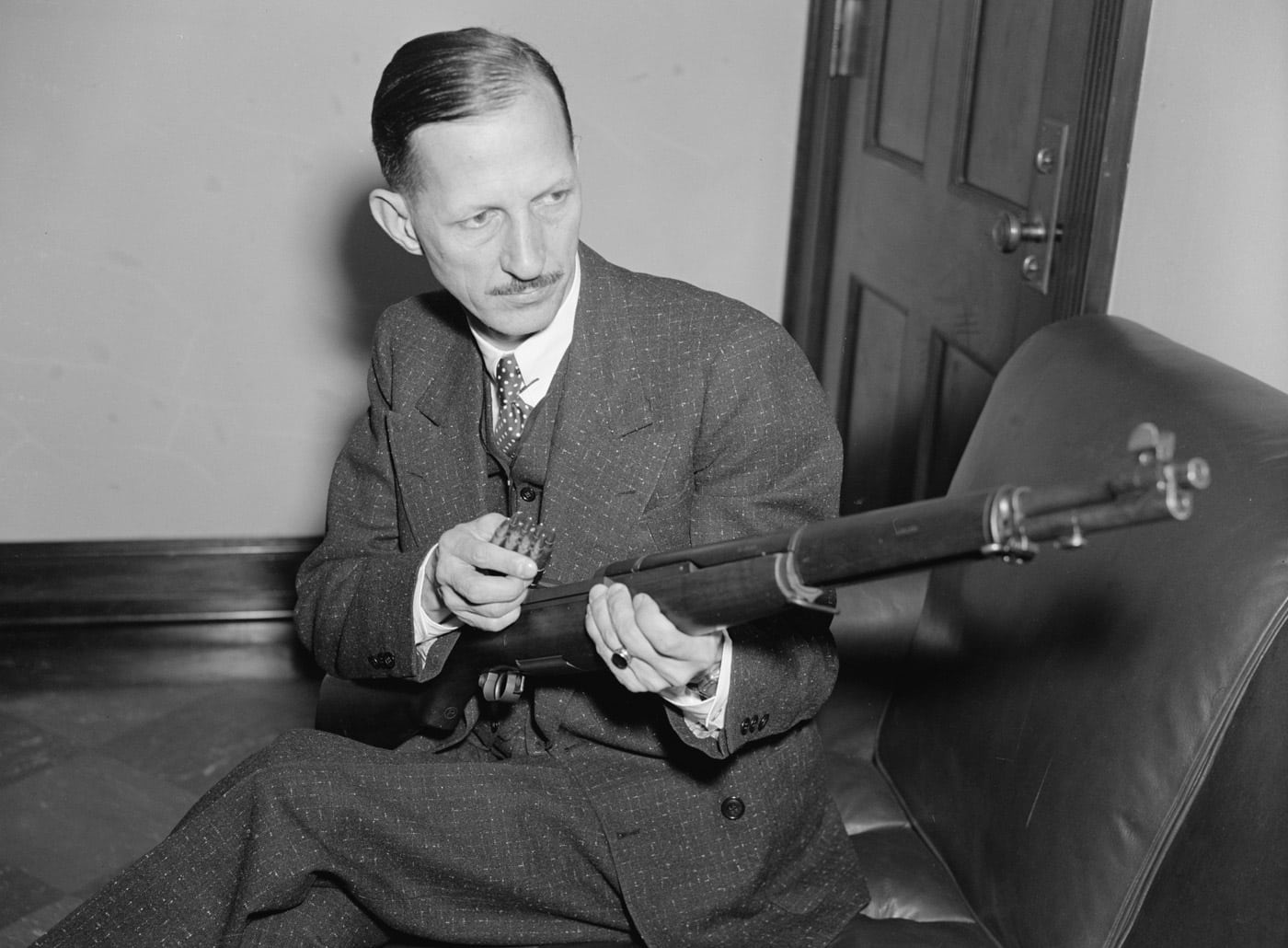
When early comparisons were made between the Springfield and Garand rifles, it was noted that the popular M1903 bolt-action rifle could be “topped off” with individual rounds while the M1 could not (at least not easily), and this was a cause for concern, particularly among the older soldiers who were initially a bit suspicious of a self-loading rifle.
The most restrictive feature of the en-bloc clip arrangement is that it forces the shooter to either fire all eight rounds or eject the clip (via the clip latch) and leave the M1 unloaded. I am told that you can add individual rounds to a clip inserted in the magazine, but this process requires both hands and a fair amount of effort — certainly not recommended in combat. I have never tried it, primarily because I already cuss too much. If all else fails, the M1 can be loaded with individual rounds and used as a single-shot weapon.
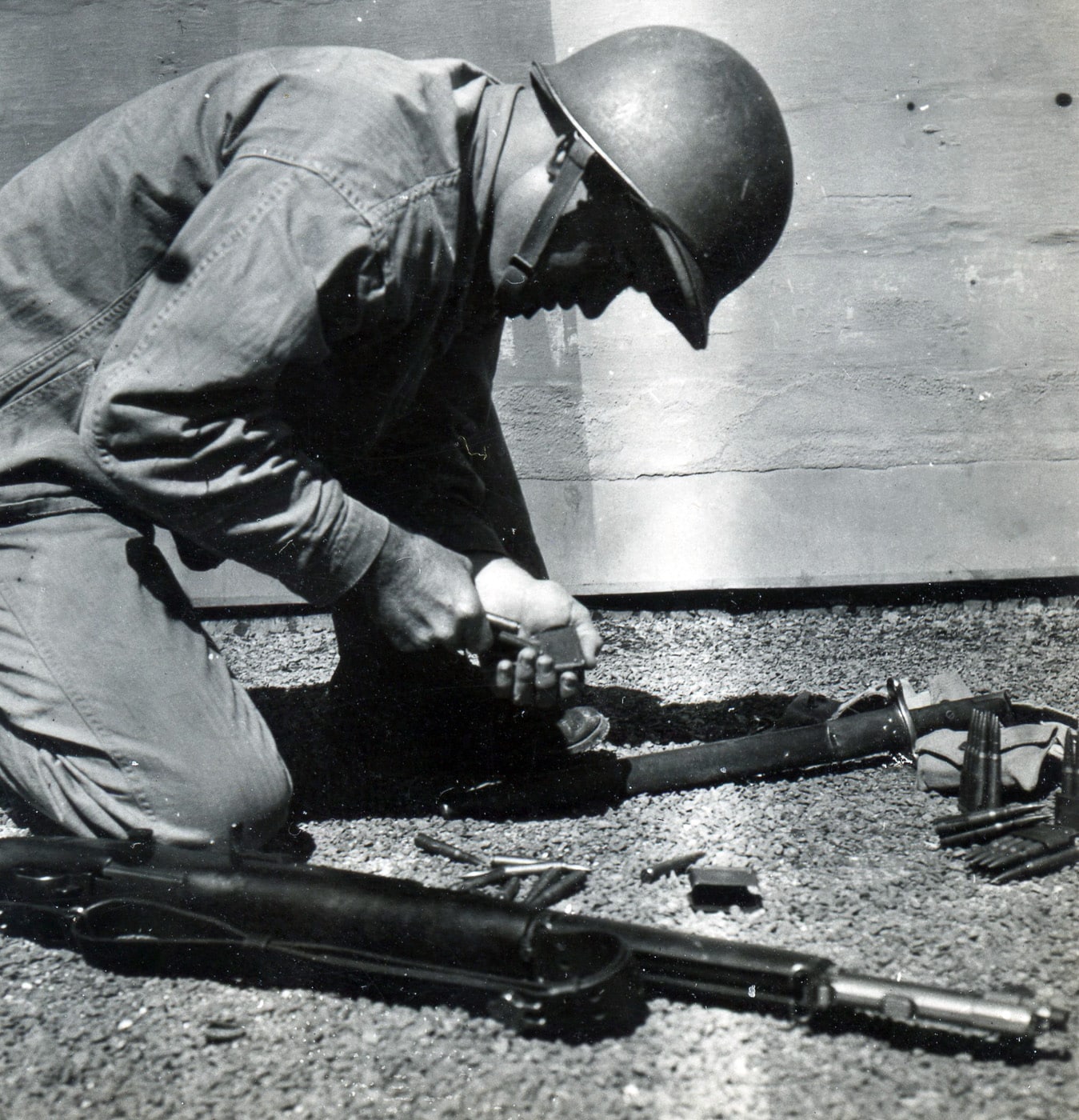
Turn the clock forward to the present day, and we know that modern detachable magazines are generally well made from light materials. They are so prevalent there is little concern about soldiers losing them or even running out of them in normal combat conditions. However, that was not the case when the M1 rifle was designed (although if you lost the en-bloc clip, you found yourself in a similar situation).
Also, most of the M1’s contemporaries that used a detachable magazine were rarely provided to the rifleman with more than one mag. All too often, users of the German Gewehr 41 or Gewehr 43, or the Soviet SVT-40, had just one magazine, and each reload meant replenishing that same mag. The time that could have been saved by inserting another preloaded magazine was lost in reloading the soldier’s only magazine. With the M1 Garand, the American rifleman simply slammed home another eight-round clip and continued firing.
Into Action
The first combat use of the M1 rifle came during the defense of the Philippines, beginning on December 8, 1941. The new Garand rifles had only recently arrived, and the troops were not completely familiar with the weapon. Most of the American troops stationed in the Philippines carried the M1903 Springfield rifle, while many Filipino soldiers used the M1917 Enfield — both of which are fine bolt-action rifles.

Evidence points to some unfamiliarity with the M1 rifle’s en-bloc clip among U.S. Ordnance supply in the Philippines, and there were maddening instances of M1903 five-round stripper clips being sent to units in action with the M1 Garand. On some occasions, Garand riflemen were forced to search through the brush near their positions to find ejected clips to reload. I can only imagine the frustration of trying to reload an M1 clip in a foxhole, in the dark, while under fire — I’m not even fond of reloading them at my leisure in the comfort of my own home.
Yet, even with these challenges, captured Japanese reports spoke of the emperor’s troops great surprise at American infantry firepower, and the Japanese wondered how “every American soldier can be armed with a machine gun”. Once in combat, the M1 rifle proved to be a significant increase in firepower compared to Axis rifles, and that remained a constant throughout the war.
A High Volume of Firepower
I don’t often rapid-fire any of my M1 rifles at the range, but when I have it is plain to see that an experienced rifleman could easily trigger 50 to 60 rounds per minute. With loaded clips at the ready, reloading is fast, and the M1 will heat up in a hurry. A U.S. Army or Marine Corps platoon, blasting away with its full complement of M1 rifles, represented a fearsome amount of WWII firepower, even without supporting weapons like the BAR or the Browning .30 caliber machine guns.

That is what U.S. Ordnance was looking for when they approved the Garand design, and that is what they got. If the M1 rifle’s en-bloc clip had truly been a hindrance, it would have manifested itself during the massive combat actions of WWII, but it never did. The Garand rifle continued to be effective through the Korean War, and into the 1960s, even after the U.S. military adopted the M14 rifle, and then the M16. Ultimately, it was an issue of weight and the use of an old ammunition type that prevented the M1 Garand from serving even longer.
Inevitably there comes the issue of “M1 Thumb”, an unfortunate by-product of using the rifle regularly, and becoming a bit too lax in your operation. Mr. Garand’s rifle will punish the unwary shooter that leaves a digit dangling for too long in front of its hard-slamming bolt when sending home a loaded en-bloc clip. In my opinion, it is a small price to pay for a rifle so reliable, and one so quickly reloaded. Even so, it is a rite of passage among all Garand shooters.
The Ejection Sound Myth
The sound of the M1 rifle’s empty clip ejecting is certainly quite distinctive. Anyone who has ever shot one knows that metallic ping. But this is a sound learned during focused target shooting on the range. The battlefield is a very noisy environment, and the ability to pick out and pinpoint the location of specific sounds is highly unlikely.
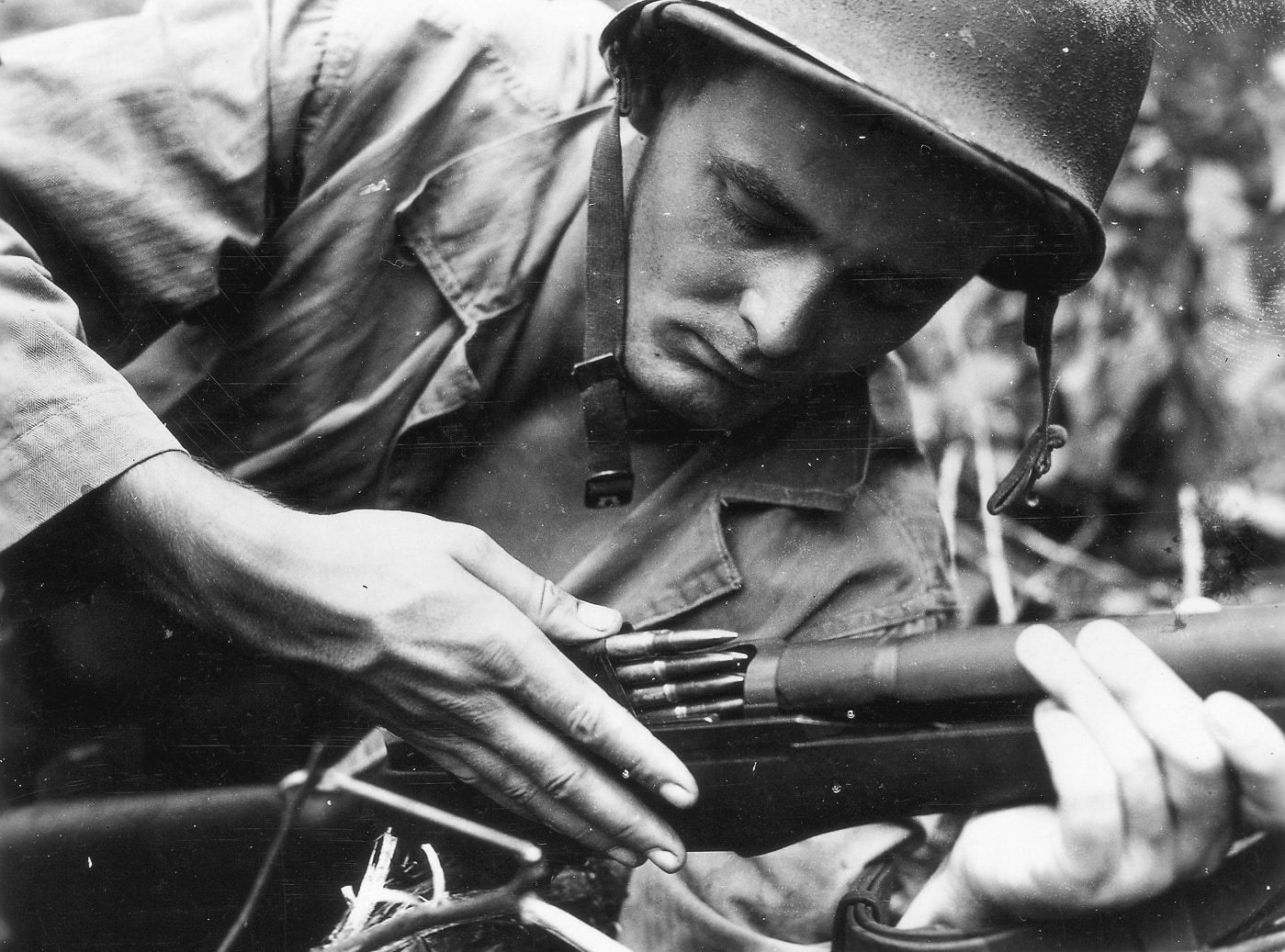
Even so, the issue of the M1 Garand’s clip ejection sound made it all the way to Congress. The concern, likely based on rumor and G.I. legends, was that the enemy could hear the sound and would know that the American infantryman in question was out of ammunition — at least temporarily. Cooler heads prevailed when combat veterans mentioned that it would be almost impossible for an enemy to hear and distinguish the location of the sound, and even if he did there was no way for him to know if the American rifleman was without ammunition or was simply reloading. As previously describing, M1 reloading was fast, so if the overly confident German, Japanese or Italian soldier presented himself, he was more likely a target than a winner.

Some of the over-blown concern about the clip ejection sound came from supporters of the M1941 Johnson rifle. The Johnson used a 10-round rotary magazine which could be easily topped off with single rounds. Also, the M1941 rifle was two pounds lighter than the M1 Garand. Ultimately the Johnson rifle is a nice weapon, but it was never comparable to the Garand in terms of rugged reliability and combat effectiveness, and it was never adopted and was only used in small numbers by the USMC.

Rumors often have a life of their own, and tales of the M1 rifle’s tell-tale ping lived on through the Korean War. More than a quarter of U.S. soldiers surveyed during 1952 believed that the ejecting clip sound would give away their position. Regardless, there were never any documented cases of this sound giving the enemy an advantage that led to the death of any U.S. soldier or Marine.
Conclusion
The M1 Garand’s performance and capabilities are beyond question. The rifle earned a reputation for its effectives in combat around the world, and the en-bloc clip system was an integral part of that design. I’d say that pretty much ensures that it also deserves our respect. Would you agree?
Editor’s Note: Be sure to check out The Armory Life Forum, where you can comment about our daily articles, as well as just talk guns and gear. Click the “Go To Forum Thread” link below to jump in!
Join the Discussion
Continue Reading
Did you enjoy this article?

 1024
1024





